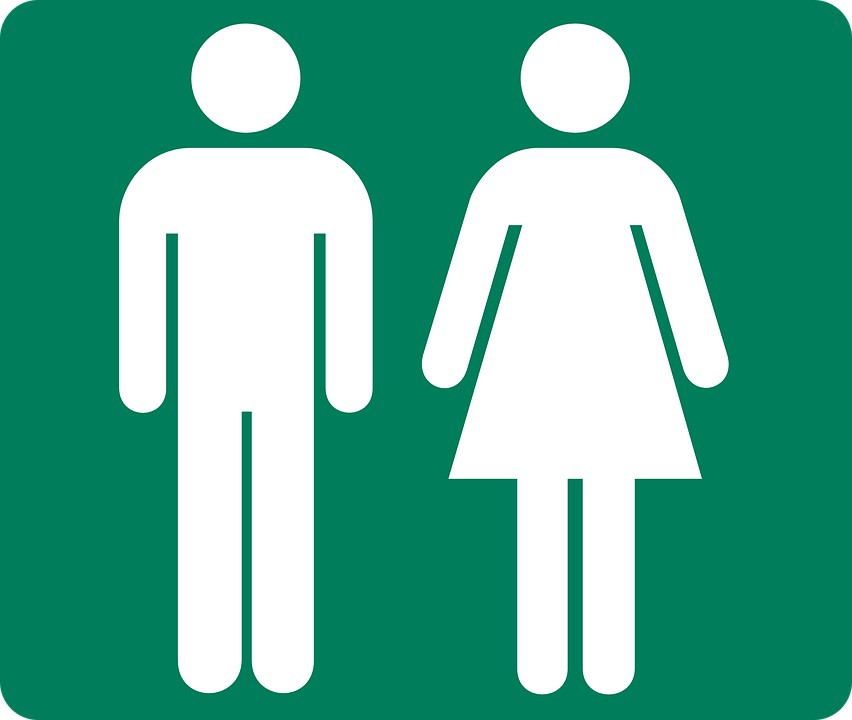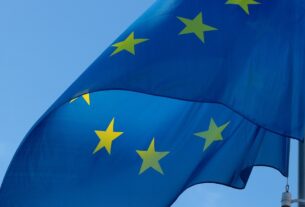It is time to start the countdown for the Gender Equality Index 2020. Has the EU gone forward or backward when it comes to gender equality? Which country will win the award for the most improved? Find out on 29 October when EIGE gives its annual update on the state of gender equality in the EU.
This year, the Gender Equality Index takes a special look at digitalisation in the world of work, and the consequences for gender equality. We will also highlight how digitalisation and the Covid-19 pandemic have affected women and men in their working lives.
We will shed light on less explored topics, such as the emergence of new types of jobs organised through online applications. These can include ride-hailing services, food delivery or household cleaners. Who is doing these jobs? Do they help or hinder gender equality?
The Index will also explore the effects of digitalisation for some groups that may face additional disadvantages, such as women with disabilities or women from migrant and ethnic backgrounds, when data is available.
As always, the highlight of the Index is the scoring for gender equality in the EU and all Member States. Each country gets a detailed analysis, showing their progress since 2010, achievements and areas for improvement.
Background information
The Gender Equality Index is an important policy-making tool to measure the progress of gender equality in the EU over time. Each year, it gives the EU and the Member States a score from 1 to 100. A score of 100 would mean that a country had reached full equality between women and men.
The scores are based on the gaps between women and men and levels of achievement in six core domains: work, money, knowledge, time, power and health, and their sub-domains. The Index also has two additional domains: violence against women and intersecting inequalities.
The Index gives visibility to areas that need improvement and supports policy makers to design more effective gender equality measures.
eige.europa.eu
pixabay












